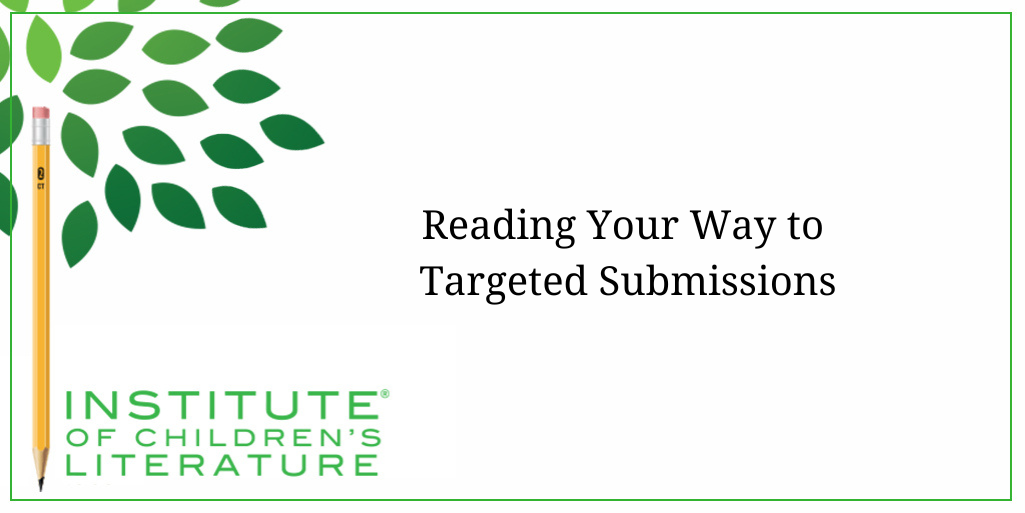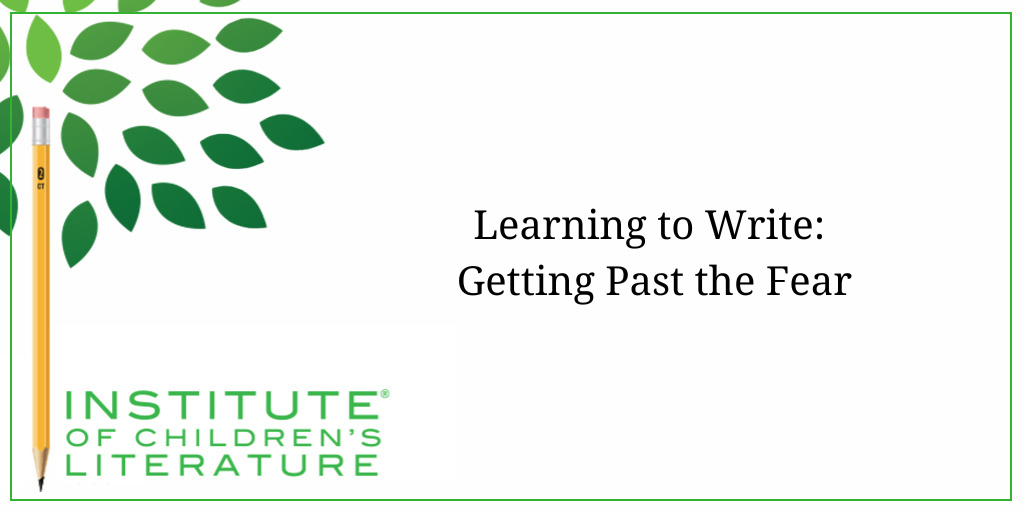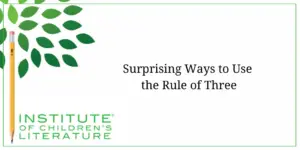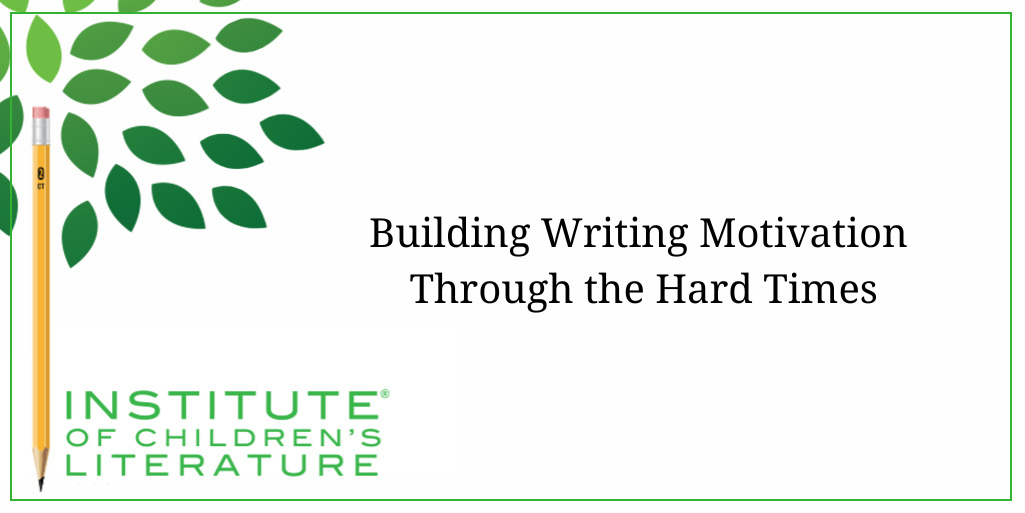
3 Vital Steps to Understanding Revision
To do the hard work of revision in your writing, you need to understand what it’s meant to do. Spoiler alert: it’s not just about fixing mistakes.
With over 100 published books and magazine articles, Jan delivers first-hand knowledge on how to sharpen, submit, and market your writing. Jan’s articles explore inevitable writing struggles and offers tireless strategies and techniques to support you in reaching your writing goals.
Our blog has moved, read up-to-date blogs on our new website: writingforchildren.com/writing-for-children-blog/

To do the hard work of revision in your writing, you need to understand what it’s meant to do. Spoiler alert: it’s not just about fixing mistakes.

Did you know market guides can provide writing inspiration as well as help locate a publisher for your work? It’s true. Find out how they can inspire you!

Online submissions rule the day. You must get the details right to have a chance of an agent or editor reading your manuscript. Here’s what you need to know.

Today we’re discussing how reading books in your genre not only improves your writing skills, but it can also help you find the right publisher for your work.

Carefully researching and targeting submissions is part of a successful writer’s routine saving massive amounts of time and emotional energy. Let’s get started.

Writers can get defensive when getting critiques of their work. Create a plan for writing feedback from editors and critique partners and be a better writer.

To become a better writer, you must be willing to learn. Let’s put our own knowledge aside and let the professionals show us how to improve our skills today.

Learning to write for publication starts with getting your brain on board. Time to figure out where you are, where you want to go, and how to get there.

Fear is a hindrance to your success, both in learning to write and in applying that learning. How can you overcome fear and keep moving? Let’s find out.

There are things you’re going to need if you’re planning to take a back-to-school writing course: time, place, tools, and attitude. Let’s talk about it!

Organization is key to writing successful nonfiction. With easy-to-understand organization, you’ll lose the reader. Here’s how to choose a nonfiction structure.

Writing active nonfiction means getting creative and encouraging hands-on activities with kids. Could this genre be your ticket to publication? Let’s find out.

In all that nonfiction does, writers need to decide what they want readers to take away from their work. Let’s explore nonfiction and The Big Idea.

Narrative nonfiction tells a true story from history using storytelling techniques from fiction to tell a compelling story. Read on to see how it works!

Aristotle’s RHETORIC gives 3 elements for persuasive communication—Logos, Ethos, and Pathos. These 3 words are also what every book for young readers needs.

The rule of three is surprisingly helpful in all aspects of writing. Let’s look at the rule of three in titles, query letters, and cover letters.

Plot is complicated and those complications are called conflict. Let’s explore different types of conflict your character must face in a successful plot.

We find the rule of three in all sorts of places, but especially in writing. How can you make this magic number work for you? Read on to find out!

Plot is the structure that brings everything together in a way that makes sense, drives the story, and results in an engaging read. Let’s plot our plots.

The writing journey isn’t always easy. How do you build writing motivation during hard times? How do you follow your creative dreams when it’s easier to quit?
1000 N. West Street #1200, Wilmington, DE 19801
© 2024 Direct Learning Systems, Inc. All rights reserved.
1000 N. West Street #1200, Wilmington, DE 19801
© 2025 Direct Learning Systems, Inc. All rights reserved.
1000 N. West Street #1200, Wilmington, DE 19801
©2025 Direct Learning Systems, Inc. All rights reserved. Privacy Policy.